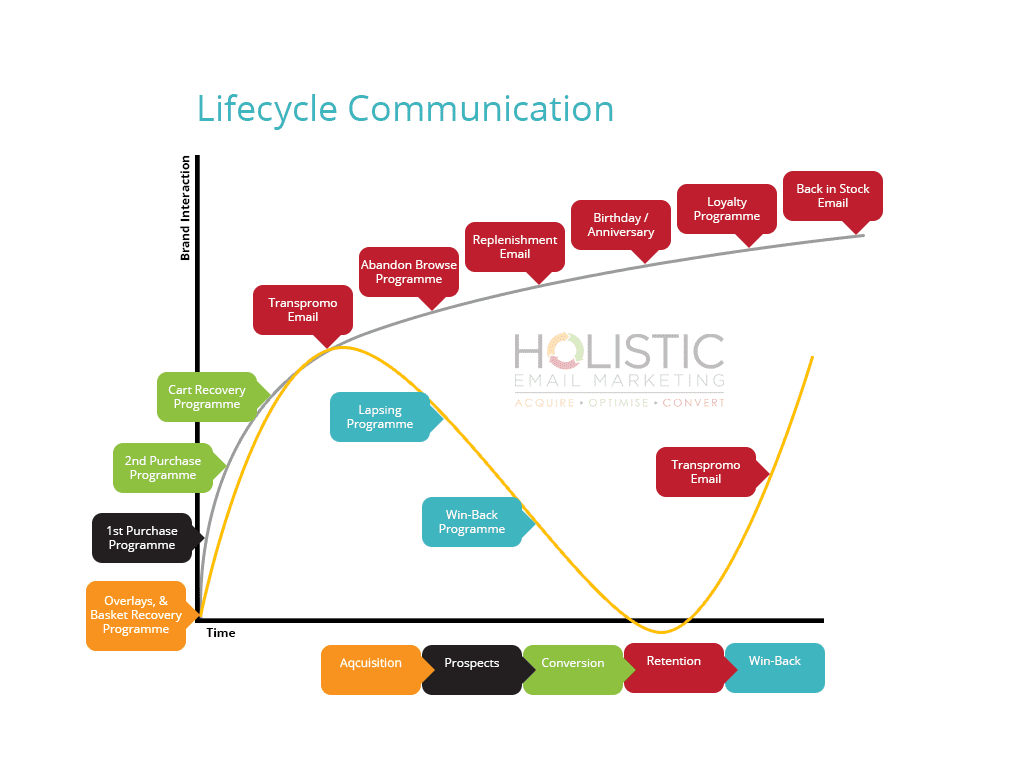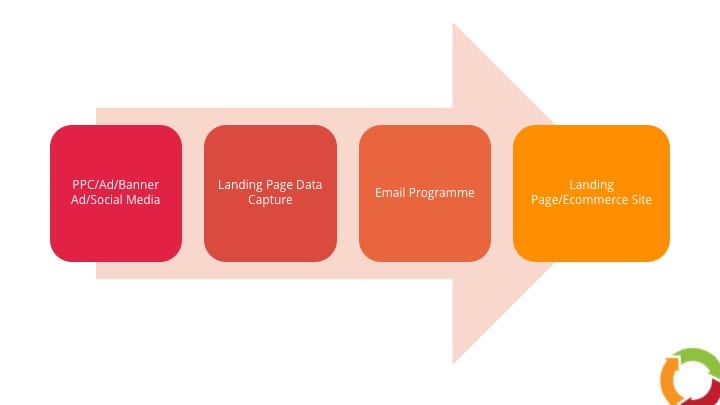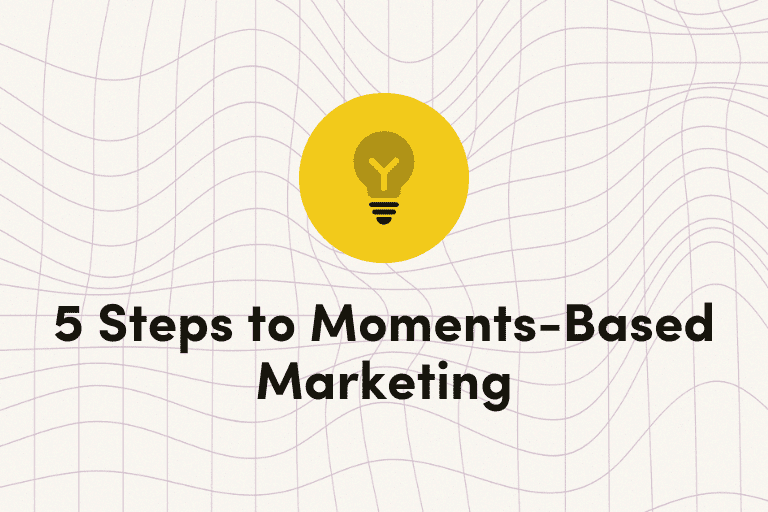The joy of omni-channel marketing is that it gives us many opportunities to connect with customers all along their journeys with our brands. Too often, though, we focus on the channels themselves and not on the strategies that drive the way we use those channels to achieve our marketing and business objectives.
Even with technology that does almost all the thinking for us, marketing remains an art and a science. It focuses first on goals and strategies, then puts them to use through coordinated tactical decisions.
If your marketing program uses several channels—digital channels like email, SMS, rich push, in-app messaging, web push, direct mail and social media—and you’re not seeing the results you want or expect, use the three steps outlined below to refocus and recalibrate your efforts.
1. Focus on strategy over channel-specific tactics
Work from a “top-down” model rather than a “bottom-up” approach. You’ll see a huge difference all the way from pre-campaign to post-results. Here’s why:
- Top-down: Create goals, objectives and strategy to guide your decision-making efforts, including decisions on which channels to use and the tactics and technologies you need to put your strategy into effect, achieve your objectives and reach your goals.
- Bottom-up: The tactics or technologies run the show. The results are usually a disconnected experience for the customer and a haphazard approach to meeting your business goals that wastes time and money.
Strategy is your guide to the omni-channel ecosystem. It helps you make informed decisions all along the way, from setting up and optimizing a coordinated messaging plan among channels to selecting the KPIs and testing strategies you need to measure and evaluate your results.
Without it, you flounder. In today’s environment of paper-thin margins and budget scrutiny, no one can afford to waste time, money and resources.
It’s easy to understand why so many marketers let technology take the lead. Marketing today is so complex that we yearn for a silver bullet—the one tool guaranteed to work every time.
Sad to say—there is no silver bullet. But having a well-thought-out strategy that supports your business goals and objectives will lead you to find the right tools every time.
What’s the trouble with technology? Nothing. The growth marketing technology available to today’s brands has amazing capabilities. But that’s where the trouble starts.
Technology is tactical. You can achieve one-off success with it. But business thrives on consistent success. What drives this consistent success is having an objective, a strategy to achieve that objective and tactics and technology to carry out that strategy.
Technology needs guidance to drive the greatest results. That’s why you need a workable strategy to make that technology help you achieve your goals and objectives.
2. Activate on all customer data for a seamless, unified experience
The seamless, unified experience across channels is the dream and promise of omni-channel marketing, but it doesn’t happen without data.
This includes the customer data you hold internally (demographic, behavioral and event) and data you acquire externally from third parties. This data demonstrates to your customers that you know them by serving personalized messages, whether in an email, a push notification, a remarketing ad or whatever the occasion calls for.
Ideally, this data is available to your systems in real time, using webhooks and other integrations rather than relying on batched data. All your databases must be connected so they can speak to each other—email, e-commerce, CRM, etc.
The email address becomes a central point of entry because you can use it to identify individual customers across channels using all the data you hold on them. That emphasizes the importance of having a visible, friction-free email opt-in process that stresses the benefits of joining your email program (and, subsequently, delivers on those benefits).
3. Provide a holistic approach for true omni-channel relevance
A successful omni-channel strategy assumes that no single channel is complete by itself. Email, for example, is a great channel to drive traffic toward the point of conversion, but it rarely succeeds in a vacuum.
A workable omni-channel strategy envisions all the points along the journey where your customer contacts your brand and responds in the appropriate channel. The chart below shows many points on a model customer journey—you can see right away that one channel is not the right source for every contact.


Source: Holistic Marketing
When your definition of success is a conversion—whether a purchase, a new customer account, a registration, a download, or a request—email works with other marketing channels to be optimized and converting well to succeed.
This simplified model shows what we mean:


Source: Holistic Marketing
Holistic marketing is a more comprehensive approach that widens the focus away from one channel to consider all your messaging sources throughout the customer journey, which include these:
- Search via PPC, SEO and SEM
- Landing pages aligned precisely with search results and email content so there is no disconnect
- Friction-free email opt-in
- Remarketing to reduce losses from browse and cart abandonment
You can apply this to your website copy and organization, to search keywords, PPC campaigns and related landing pages, and in ads and banners you run on third-party sites in remarketing or network campaigns.
Wrapping Up
A successful omni-channel experience requires three things:
1. A well-developed plan that begins with a strategy and drills down to tactics;
2. Activation on data to create a seamless, unified experience across channels;
3. A holistic approach that incorporates all your marketing channels to collect data points along the customer journey and trigger messages in the appropriate channels.
This approach to omni-channel marketing takes time and effort. But, the payoff is a sustainable and reliable process that delivers success after success.































